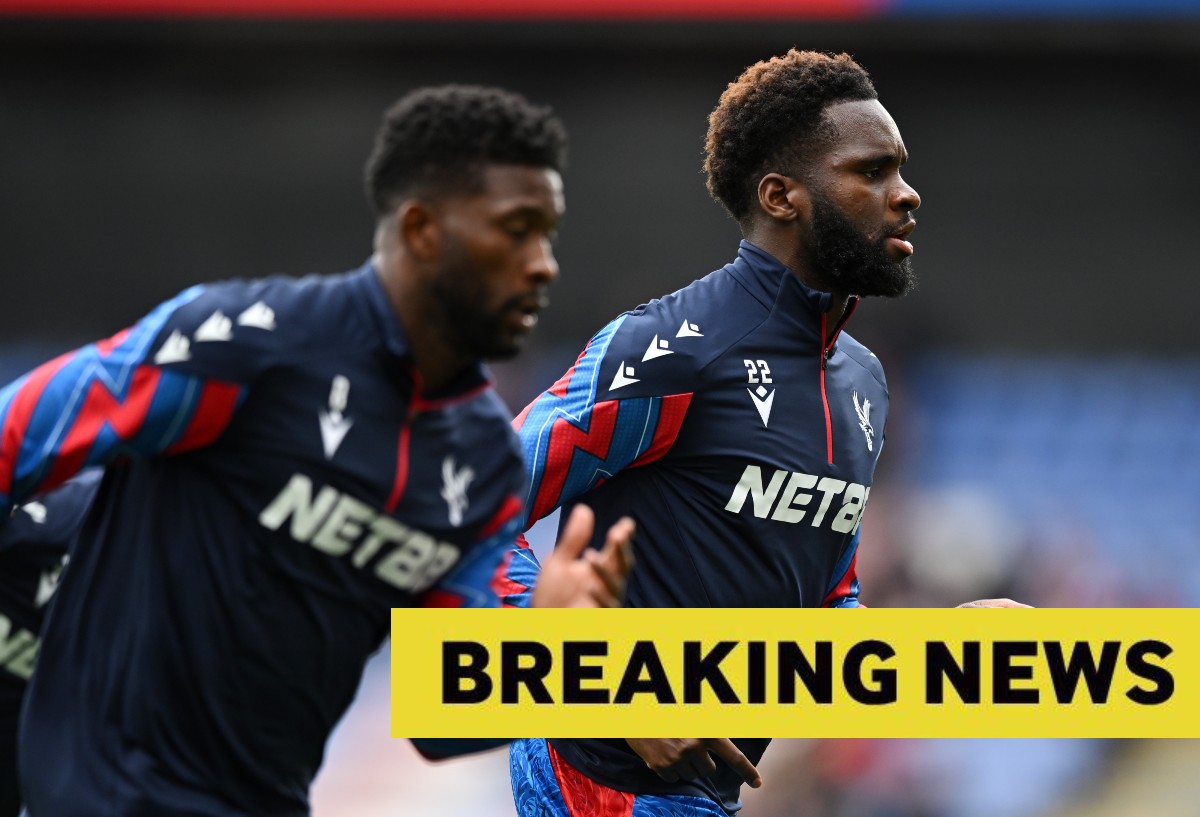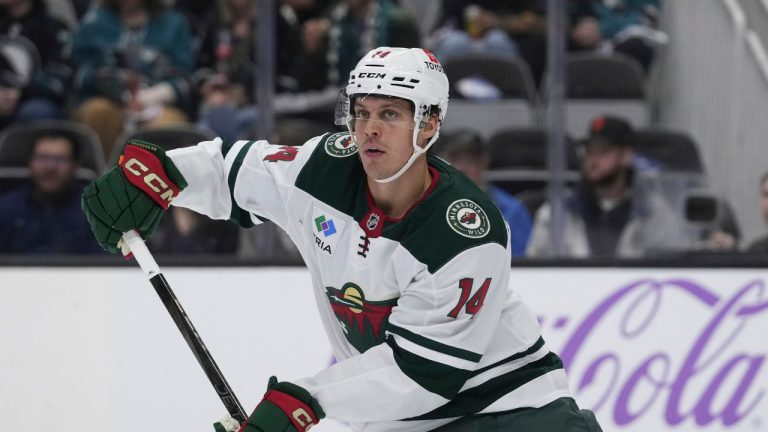The world of football is constantly evolving, with players coming and going, teams reshaping their strategies, and coaches making pivotal decisions that impact the course of a season. One such decision that has recently made headlines is the news that a key player for Crystal Palace has played his last game under manager Oliver Glasner. This marks the end of an era, with the striker departing the team after a period of relative success. While the specifics surrounding the move remain unclear, it is an important moment in the world of football, signaling both the end of one chapter and the beginning of another for both the player and the club.
In this article, we’ll explore the details of this dramatic shift, the role the player played at Crystal Palace, the impact of Glasner’s managerial decisions, and what lies ahead for both the player and the club.
The Striker’s Time at Crystal Palace
Crystal Palace Football Club, known for its resilience and strong performances in the Premier League, has seen a series of ups and downs over the years. In recent seasons, the club has undergone significant transformations, including managerial changes and player acquisitions. Among those acquisitions was the arrival of the now-departing striker who, under Glasner’s tenure, played a crucial role in the team’s forward line.
This striker quickly became a favorite among fans, contributing goals, assists, and valuable leadership on the pitch. His arrival brought hope and optimism to the team, as Palace had struggled at times to find a reliable source of goals. His physicality, ability to link up with teammates, and composure in front of goal made him a key figure in the team’s attack. For a while, it seemed as though his future at the club was secure, with fans hopeful that he would continue to be a central figure for years to come.
However, as is often the case in football, circumstances can change quickly, and the striker’s future at the club was suddenly cast into doubt.
Oliver Glasner’s Influence on the Striker’s Departure
Oliver Glasner, appointed as the manager of Crystal Palace, arrived with a reputation for tactical discipline, innovative strategies, and the ability to extract the best from his players. Glasner’s managerial career had seen him lead teams to great success, and his approach to the game seemed well-suited to Palace’s ambitions. However, as with any managerial appointment, the relationship between coach and player is essential to the team’s success.
Reports suggest that the striker’s relationship with Glasner had become increasingly strained. While the striker enjoyed a successful start at Palace, his performances appeared to plateau under Glasner’s tactical system. The manager’s defensive approach, coupled with his preferences for certain playing styles, led to the striker being sidelined for key matches. Glasner, known for his preference for a high-pressing game, might have struggled to fully integrate the striker into his system, especially if the player’s strengths did not align perfectly with the coach’s vision.
Furthermore, Glasner’s tactical adjustments, including changes in formation and the use of other attacking options, may have left the striker feeling less involved in the team’s offensive strategies. Despite showing glimpses of his quality, the player found himself increasingly relegated to the sidelines, and his future at the club seemed uncertain.
It is reported that Glasner ultimately made the decision to move on from the striker, possibly due to a lack of fit within the tactical framework and the club’s evolving objectives.
The Player’s Departure and Its Impact on the Team
The departure of this striker is likely to have significant repercussions for both Crystal Palace and the player himself. For Palace, the loss of a key attacking option will create a void in the squad that may need to be filled with a new signing. While Palace has several other attacking options, this particular striker had proven to be a reliable source of goals and a key part of their offensive strategy.
In terms of player impact, this departure marks the end of a chapter in the striker’s career. Having been a central figure at Palace, the player now faces a period of transition as he searches for his next destination. Many will be curious to see where he will go next, as his quality and experience will surely attract interest from other clubs.
For Palace, Glasner’s decision to part ways with the striker reflects the ever-changing nature of football. While the decision may be disappointing for some fans, it is a reminder that no player is ever irreplaceable, and clubs must continually adapt to evolving tactics and strategies in order to remain competitive. Glasner’s choices, though controversial in some circles, are part of a larger vision for the club’s future, one that is built on a tactical philosophy that aims to deliver long-term success.
What’s Next for Crystal Palace?
The departure of the striker leaves Palace with a gap in their forward line that will need to be addressed as the season progresses. The club may look to the transfer market to bring in a replacement, but the challenge will be finding a player who fits into Glasner’s tactical system. The new striker would need to be adaptable, with the ability to contribute both in terms of goals and overall play.
Furthermore, Glasner will likely be keen on refining his attacking options, perhaps turning to younger players or players with different skill sets to fill the void. The club’s scouting network will be working diligently to find the right player, but it’s clear that Glasner’s influence will be central to the final decision.
In addition to the striker’s departure, Palace will also need to assess their overall squad depth and potential areas for improvement. Glasner’s focus on high-pressing tactics and defensive solidity will continue to shape the team’s approach, but Palace must remain competitive in a Premier League filled with top-tier teams.
What’s Next for the Player?
The striker’s departure from Palace leaves him at a crossroads in his career. Having played a prominent role at the club, the player will be keen to continue his career at a club where he can regain his form and showcase his talents once more. While Palace may have been the right fit for a time, the player will now be looking to move to a new challenge—one where he can build upon his reputation and once again play a central role.
Several clubs may be interested in signing the striker, with his physicality and goal-scoring ability still making him an attractive prospect. Whether he stays in the Premier League or moves abroad remains to be seen, but the player’s future is far from uncertain. With plenty of time left in his career, this move may be the catalyst for a fresh start and a return to top form.
Conclusion
The departure of the striker from Crystal Palace marks the end of an era for the player and the club, signaling the end of a once-promising relationship under Oliver Glasner. Football, however, is a constantly shifting landscape, and both Palace and the player will have new opportunities to pursue. For the club, this decision represents a shift in tactical direction, while for the player, it marks the beginning of a new chapter in his career. As always in football, time will tell how both parties adjust to these changes, and what the future holds for them on the pitch.



